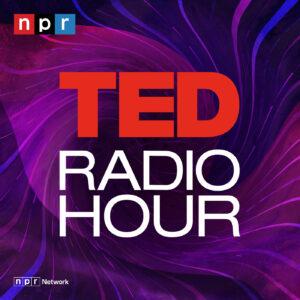
In this episode of “The Peter Attia Drive,” Peter Attia sits down with Andy Galpin, Ph.D., to discuss the science of strength, muscle, and training for longevity. They delve into the anatomy and physiology of muscle, the different types of muscle fibers, the importance of protein for muscle synthesis, and the four pillars of exercise. They also explore the role of advanced degrees in continued growth and success, the impact of muscle mass on longevity, and the unsung heroics of the liver. Join Peter and Andy as they uncover the fascinating science behind strength and muscle training.
Understanding the anatomy and physiology of muscle is crucial for optimizing exercise. Muscle hypertrophy, the increase in muscle size, is achieved through protein synthesis. Different types of muscle fibers have distinct characteristics and are utilized for different activities. The four pillars of exercise encompass strength, endurance, flexibility, and balance.
Passion and hard work played pivotal roles in the speaker’s journey to success, despite limited opportunities. Helping athletes achieve their goals became a driving force, leading to a pursuit of advanced degrees for continued growth and success.
Olympic lifting and powerlifting are distinct sports, with powerlifting emphasizing pure strength and one-rep max, while Olympic lifting focuses on power and speed. Competitive circuit training sports like CrossFit test total physical fitness through various movements and repetitions. Track and field is renowned for its ability to enhance velocity. Different training models can serve as foundations for all training.
ATP and phosphocreatine are the primary energy sources for immediate needs. Carbohydrates provide fast energy, stored both within and outside cells, while fat offers significantly more energy but is slower to utilize. Glucose can be extracted from the blood and liver when carbohydrate stores are depleted.
Muscle fibers are enveloped by connective tissue, forming tendons that connect to bones, enabling human movement. Muscle exhibits remarkable plasticity, adapting swiftly to various stimuli. Human muscle fibers are multilineucleated, setting them apart from other animals. The role of nuclei in muscle growth and hypertrophy remains a subject of ongoing research and debate.
The liver, often overlooked, plays a vital role in the body’s functioning. A blow to the liver can have immediate debilitating effects, as observed in combat sports like UFC.
Different muscle fiber types possess distinct characteristics and are suited for specific activities. Endurance training does not necessarily translate to improved muscle quality or strength. Lifelong skiers demonstrate impressive physical abilities well into their 90s. Ultrasound can gauge muscle quality through echo intensity. The composition of myosin heavy chain molecules determines fiber type and twitch ability.
Isometric exercises contribute to joint and connective tissue health. Stretching muscles promotes better compensation. Isometric holds, such as planks and hip extensions, can be performed in various positions. Holding a squat position for two minutes tests strength without risking injury. Incorporating single leg exercises enhances balance and stability.
This episode of “The Peter Attia Drive” provides a deep dive into the science of strength, muscle, and training for longevity. Understanding the intricacies of muscle physiology and the impact of different training models can optimize exercise routines. The liver’s unsung heroics and the importance of muscle fiber types in training are also highlighted. Incorporating isometric exercises and focusing on muscle hypertrophy contribute to overall fitness and well-being. Stay tuned for part two of this enlightening discussion on exercise science.